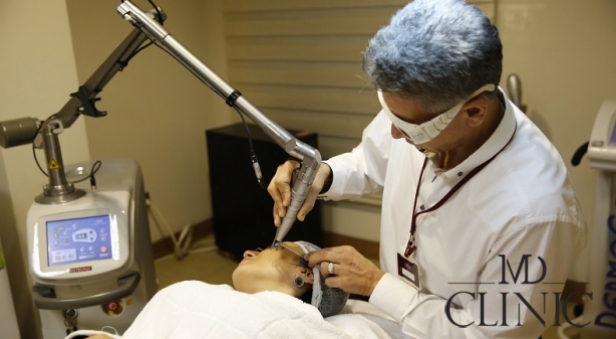
Tattoos are placed for different reasons. A technique for tattoo removal which produces selective removal of each tattoo pigment, with minimal risk of scarring, is needed. Nonspecific methods have a high incidence of scarring, textural, and pigmentary alterations compared with the use of Q-switched lasers. With new advances in Q-switched laser technology, tattoo removal can be achieved with minimal risk of scarring and permanent pigmentary alteration. There are five types of tattoos: amateur, professional, cosmetic, medicinal, and traumatic. Amateur tattoos require less treatment sessions than professional multicolored tattoos. Other factors to consider when evaluating tattoos for removal are: location, age and the skin type of the patient. Treatment should begin by obtaining a pre-operative history. Since treatment with the Q-switched lasers is painful, use of a local injection with lidocaine or topical anaesthesia cream may be used prior to laser treatment. Topical broad-spectrum antibacterial ointment is applied immediately following the procedure. The Q-switched 532 nm Nd:YAG laser can be used to remove red pigments and the 1064 nm Nd:YAG laser is used for removal of black and blue pigments. The most common adverse effects following laser tattoo treatment with the Q-switched ruby laser include textural change, scarring, and pigmentary alteration.
